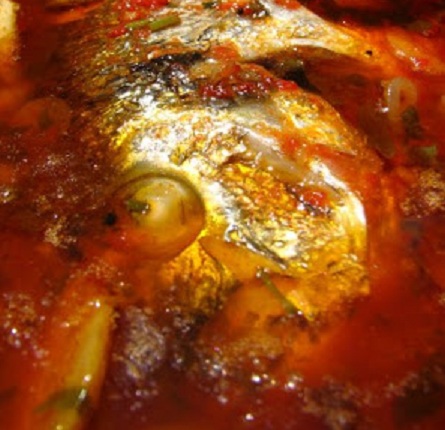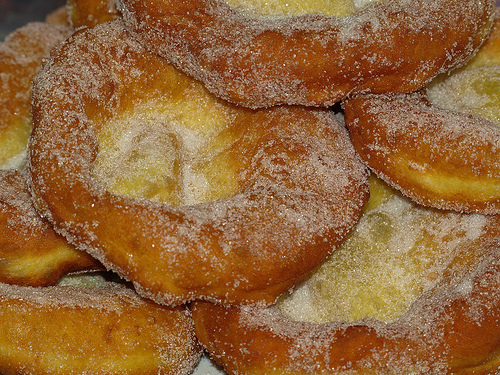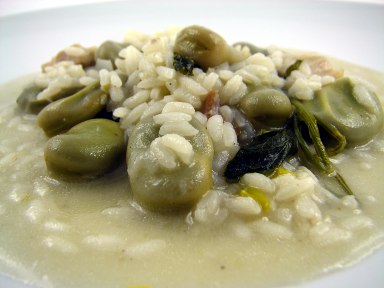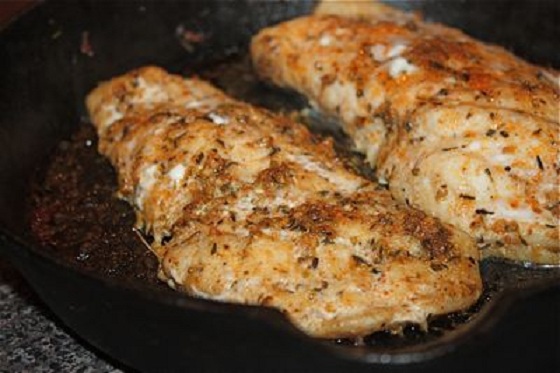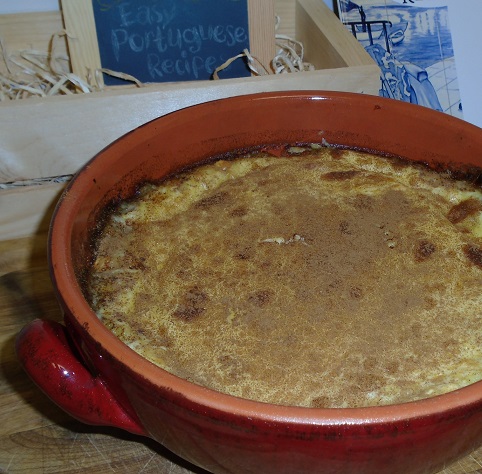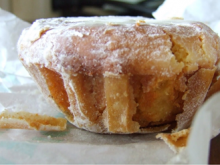Garoupa com Molho Especial, Grouper in Special Sauce recipe. This recipe is a wonderful way to make the traditional Azorean Grouper. As the Azores are an archipelago of islands, the culture and cuisine are completely immersed in the surrounding waters. The Garoupa, or Grouper as it is known in English, is a delicious fish which is a very popular eat in the region. We would would like to bring you guys the most traditional and delicious way to enjoy this fish so you can get a small taste of the Azores and our wonderful culture, so go ahead and try it out and tell us what you think!
Continue Reading…
Malassadas are a traditional sweet fried dough which is very typical of the Azores and Madeira islands. These are probably the most popular dessert of the two Regions, and this is a recipe which has been in my family for many generations. This is the “Alves Family Malassadas” recipe I was given by my Vavó and has been adjusted and perfected over and over again throughout the years to come up with the best sweet and crispy fried dough malassadas you can make.
Continue Reading…
Azorean Favas e Arroz, beans and rice recipe. This simple and easy dish is a unique variation on an Azorean favorite. Favas are an integral part of Portuguese cuisine and this is a hearty and delicious recipe to combine many great flavorful ingredients in a simple dish. Tell us what you think of this recipe as we are sure you will love it!
Continue Reading…
Garoupa de São Miguel, Grouper from Sao Miguel recipe. This is a wonderful simple and easy fish recipe from the islands of the Azores, in Sao Miguel. It is a unique Azorean rustic way to eat Grouper fish, which are very popular in the islands. Check it out, and tell us what you think!
Continue Reading…
Tigelada is a traditional Azorean Custard recipe. It is a delicious dessert that resembles creme-brulee but has slightly different components, and is cooked Portuguese style in a ceramic bowl. This is a smooth textured and sweet dessert that is very simple and easy to make but always sure to impress.
Continue Reading…
Disclaimer: We are Azoreans!
So, here at Easy Portuguese Recipes, we have a sweet tooth and love to share with you traditional recipes enjoyed for generations by our ancestors in the islands. Queijadas de Vila Franca is a traditional pastry refined by nuns in convents during the sixteen hundreds in the town of Vila Franca do Campo, island of S. Miguel. This is one of the most unique and delicious ways to make a queijada. Enjoy your Christmas by making some of these, and tell us what you think. We’re sure you’ll love it!
Ingredients:
2.5 cups of flour
9 egg yolks
1 egg white
1.5 tablespoons butter
1 tablespoon of salt
8 cups milk
1 Full piece of Portuguese “Queijo Fresco” White fresh cheese – You can learn how to make the fresh cheese here
2.5 cups of sugar
Powdered sugar to finish
Parchment paper
Small pins
Directions:
1) Put the milk on a stove on low heat and add the fresh cheese broken into pieces, stir continuously until it is a smooth and even consistency, then turn off the heat. Cover the pan and let it curdle. Remove the curdle and dry it very well in a cloth until there’s no liquid left. Mold the curdle until it’s thin.
2) Add 6 egg yolks, 1 egg white, 1/2 tablespoon of the butter, 2.5 cups of the sugar and 1 tablespoon of the flour to the curdle and mix everything well. Pour it into a saucepan on low heat until it all starts to boil and then remove from the stove. Remove the liquid in a strainer and place it in the refrigerator.
3) On the next day, separately put the rest of the flour, the egg yolks, the butter, the sugar and a tablespoon of salt in a bowl with a bit of hot water and mix everything to mold the dough. Wrap it in a napkin. Then stretch it with a kitchen roll and a bit of flour.
4) Then, with a cup, cut the dough in circles and put them on an oven board. Then, put a ball of the previously made curdle in the refrigerator on each of these circles. Then pull the sides of the dough up to make a closed box. Wrap parchment paper around the sides of each cake and lock it with a small pin.
5) Put them in the oven at 350 °F and take them out after about 15-20 minutes or until they look done.
6) Then, remove the paper and sprinkle the queijadas with the powdered sugar. Serve.
